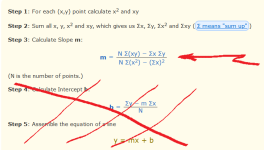Hello everyone! I've got something I'm trying to figure out and I'm possibly overthinking it. I've got a 25,000 gallon bulk chemical tank with an ultrasonic level meter outputting the tank level in feet. I've taken that level along with the tank manufacturer's strapping table (in one inch increments) and created an array, in conjunction with the FGEN function in Studio 5000, where the PLC interpolates the data and gives me the tank volume in gallons. This is working great.
What I'd like to do is use this data and detect when a delivery starts and stops, giving me the total gallons delivered. I'm thinking about moving the level signal every 10 seconds then comparing and using an increase to start the delivery totalizer. Is there an easy way to do this? This way we have a total to compare with the delivery ticket total provided by the driver.
I've been doing this manually and found that the driver often thinks he has delivered more than he has. Over time, I believe, this has resulted in thousands of gallons of overcharges.
I know the best solution here would be a flow meter, but it's not really an option.
What I'd like to do is use this data and detect when a delivery starts and stops, giving me the total gallons delivered. I'm thinking about moving the level signal every 10 seconds then comparing and using an increase to start the delivery totalizer. Is there an easy way to do this? This way we have a total to compare with the delivery ticket total provided by the driver.
I've been doing this manually and found that the driver often thinks he has delivered more than he has. Over time, I believe, this has resulted in thousands of gallons of overcharges.
I know the best solution here would be a flow meter, but it's not really an option.






